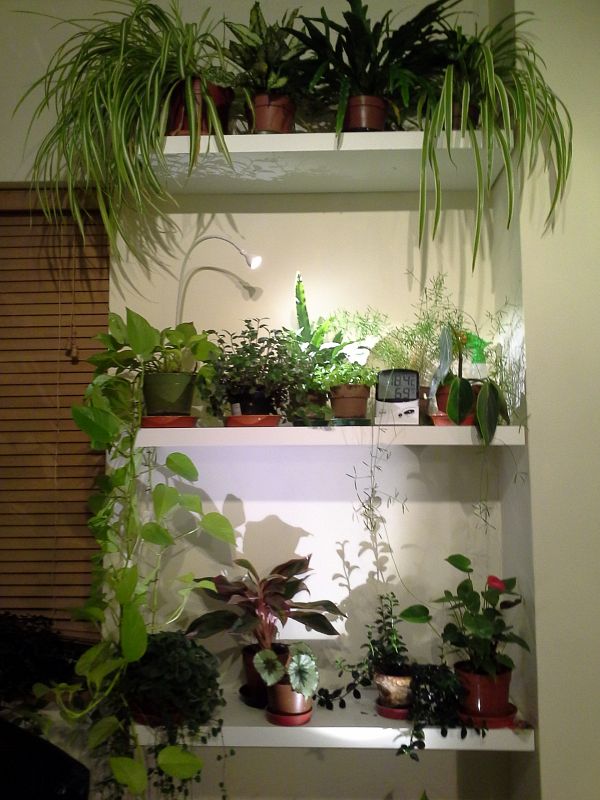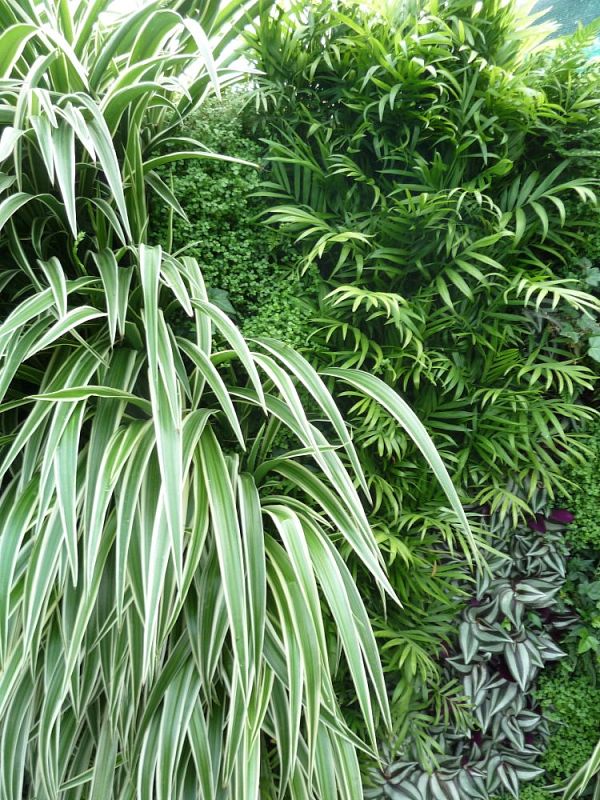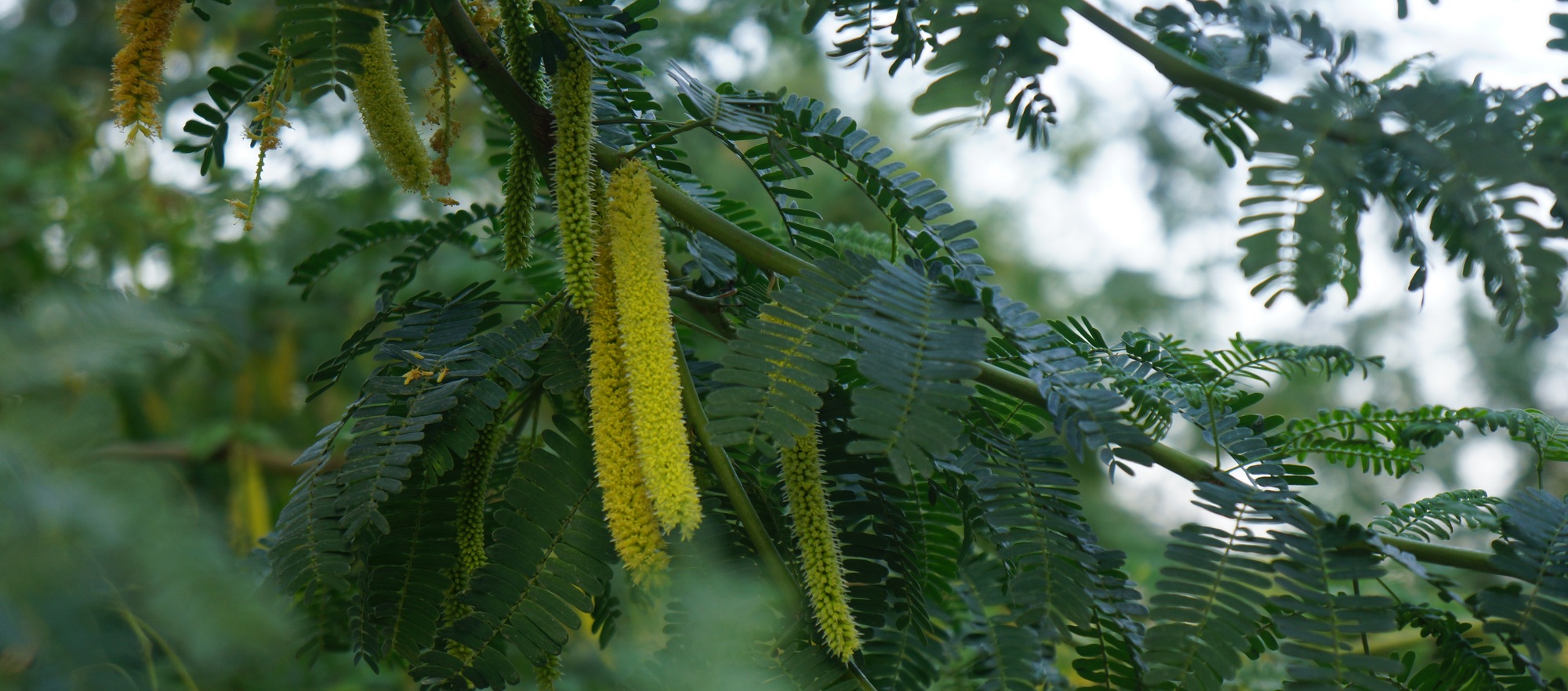I’ve got to admit it; plants do something to me. When in their proximity, either indoors or out, things feel different. It could be because they change the air, giving me oxygen, removing pollutants and humidifying the atmosphere. It could be because they give me a subtle but direct contact with Nature. Maybe they talk to me; I don’t know. But I know I can’t live without them, and that too many people do just that; they don’t know what they’re missing.

Of course, I should have a green wall in my office and will have soon, for a new design I am prototyping. But shelves will do, as will window ledges, if not in direct sun. My shelves are beside a window, which is often actually the darkest place in a room. To illustrate, I have several Tradescantia, of a variety called simply “Dark Green”. One sits on the window sill and one on the shelf corner almost next to it, a mere 450mm away. Yet the one on the window sill (West facing) is compact, fully dark green with purple undersides, whilst the other is leggier with larger leaves and less purple. a quick test with a umol meter (which reads the light that plants “see”) shows that the window plant receives (this morning on a dull day) a reading of 74, whilst the other plant gets a mere 20. Come to the far end of the shelf and the reading drops to 03, leaving the plants, effectively, in the dark. Many plants can (amazingly) survive these conditions, but they will not be photosynthetically active and so not delivering the benefits I outlined above. And of course, they can’t be happy. So lighting is crucial, yet is a surprisingly difficult thing to fix. Good fittings and bulbs not intended for greenhouse production are a rare thing.
It is worth mentioning, that what we call houseplants are simply plants that originate in sub-tropical regions and can tolerate the conditions found inside many buildings, such as low light levels, because many of the plants are from forest origins, low nutrient requirements and constant temperatures (little or no seasonal variation in the original home). Low humidity can be the biggest problem, especially with central heating or in air-conditioned offices.

So given the right conditions (and even with a bit of light-abuse), plants will thrive indoors and ultimately, a green wall is the best way to display them, for several reasons: you get a huge area of leaf mass index in a small footprint, giving the maximum amount of benefit, whilst watering and feeding is automated, so you don’t have to worry about that. The only problem with green walls is that they are expensive, and they need plumbing in to drainage, water and electrical supplies. I’m about to change all that, so watch this space.
And there are so many plants to grow, although sadly, finding a good source of houseplants, outside of the standard ranges supplied by supermarkets and the larger garden centres, is surprisingly difficult. Almost all come from the Netherlands these days. Dibleys are an exception and good for gnesneriads (www.dibleys.com). In my Biotecture days I had walls of plants being trialed, all gone now and I miss them, but I plan to resume trialing again soon, on a similar scale and have many new plants to test. They excite me more than (almost) anything, and especially when I think we’re getting ecosystem services from them – but that is the subject for another post, other than the brief mention I gave above.
So do yourself a favour, rediscover your biophilic urges, give yourself a treat and buy some houseplants!
